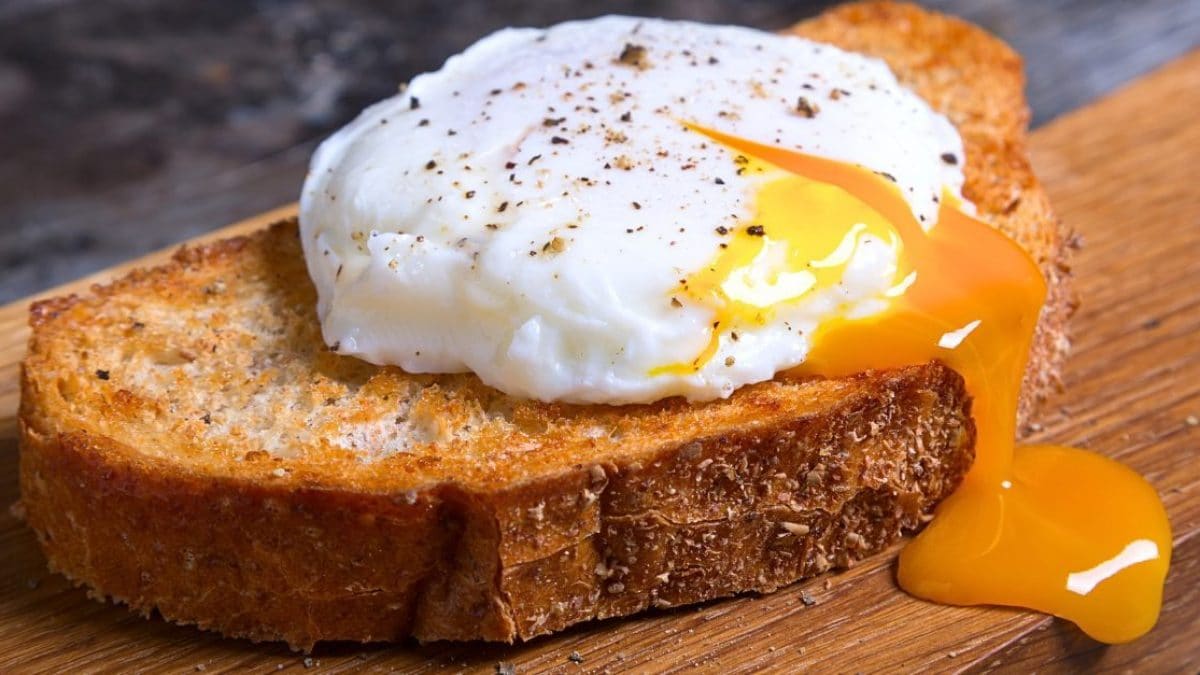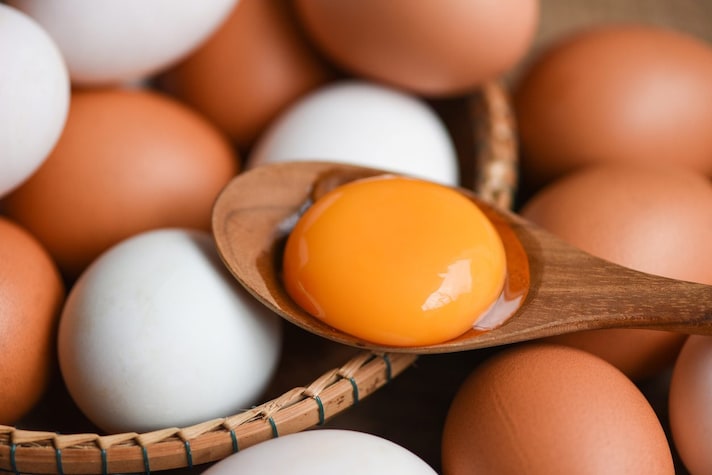
Poached eggs are a tasty and nutritious dish, one of the most delicious ways to cook eggs. They can be eaten alone, on toast, in the middle of a sandwich or as a main dish and their characteristic is the cooking: using the right technique the egg white envelops the yolk incorporating it delicately, and leaving it soft and creamy, almost liquid.
This very detail about the consistency of the yolk has created some doubts about the safety of consuming poached eggs. This is because uncooked eggs, like other foods including milk and pork, could be a vehicle for a bacteria that is risky for the body, salmonella. So how can you consume poached eggs without running any risks? Today we will explain how contamination can occur but also and above all how to avoid dangers and possible infections.
The Risk of Raw Eggs: Salmonella
The main risk posed by the consumption of raw eggs, or only partially cooked ones as in the case of poached eggs, is that they may be a vehicle for salmonella, a bacterium belonging to the Enterobacteriaceae family which causes, in humans, a gastrointestinal infection known as salmonellosis.
There are more than 2000 serotypes of the microorganisms known as salmonella and they are generally found in the intestines of animals. The problem is that those that can cause salmonellosis infection are about fifty and are most frequently found in pigs, chickens and hens. Hence, the risk of consuming eggs, pork and milk that are not cooked enough.
If a person is infected with salmonella, they develop the bacteria between 6 and 72 hours after ingesting contaminated food: symptoms range from severe stomach pain to nausea, diarrhea, vomiting, and fever. Antibiotic therapy usually resolves the infection, but be careful: the elderly, children, pregnant women, and immunocompromised patients are at risk of serious complications if they contract salmonella, such as dissemination of the bacteria in the blood with possible involvement of other organs.

Where Are Possible Bacteria Found in The Egg
The part of the egg that is incriminated as a vehicle for the possible transmission of salmonella is the yolk. The egg white, in fact, contains particular enzymes capable of inhibiting and destroying bacterial cells, a characteristic that the yolk does not have. If the bacteria reach the yolk of the egg – which can happen through direct transmission from the hen, before the egg white is completely formed, or even due to poor hygiene during processing – the product is automatically risky. But be careful: only if it is consumed raw. Cooking food, in fact, significantly reduces (almost completely) the possibility of contracting salmonellosis because the heat destroys the bacteria.
How to Enjoy a Poached Egg in Peace?
The problem therefore arises in all those recipes in which the egg yolk is not cooked completely, such as for example in the preparation of a poached egg: in this case, in fact, the preparation is risky because the yolk must remain liquid.
In this case it is essential to ensure the origin, traceability and freshness of the eggs. For once it is advisable to use those sold by large retailers, with a brand: the FDA carries out very thorough checks, certainly more than those for eggs sold by the farmer near home.

Of course, something can always slip through the cracks, so to be safe it is best to poach the egg in water at least 158°F/70°C: at this temperature the yolk begins to curdle but still remains liquid, but the heat is already enough to destroy the microorganism.
In other recipes that call for raw eggs, such as tiramisu, zabaglione or mayonnaise, to be absolutely sure it is best to pasteurize the eggs, working them with a syrup of water and sugar.
;Resize,width=767;)
